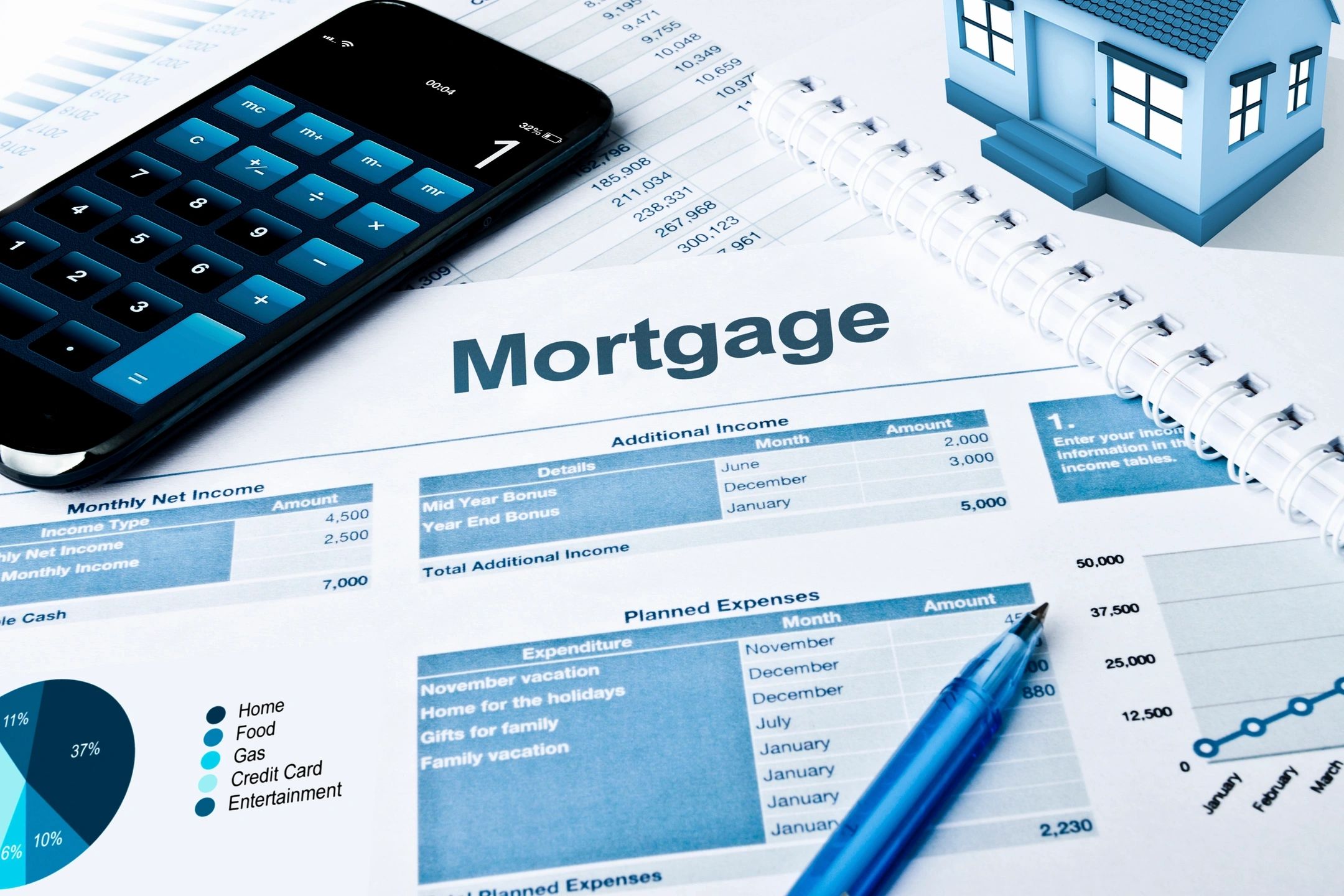Fixed rate vs adjustable rate home mortgage is a frequent topic of discussion. Typically, the fixed-rate loans offer the stability and predictability that many clients appreciate. On the other side, an adjustable-rate mortgage can provide lower initial payments and potential short-term savings.
This guide shares the insights you need to break down fixed rate vs adjustable rate home mortgage. We will compare the pros and cons of fixed and adjustable rate mortgages, and ultimately help your clients choose a mortgage that aligns with their financial goals and long-term plans.
Let’s dive in!
Understanding Fixed Rate Home Mortgages
A fixed rate home mortgage offers a consistent interest rate throughout the life of the loan. This means the monthly principal and interest payments remain the same, regardless of market fluctuations.
Therefore, in a fixed rate home mortgage, the interest rate agreed upon at the time of purchase does not change over the life of the loan. Whether your client’s mortgage term is 15, 20, or 30 years, the rate remains constant, making it easier to plan budgets and manage long-term financial commitments. For many homebuyers, this stability is a major draw.
Pros of Fixed Rate Home Mortgages
-
Predictability
One of the most significant advantages is the predictability of payments. Clients know exactly what to expect each month, which can ease budgeting and reduce financial stress. -
Protection Against Market Fluctuations
Even if market interest rates rise, your client’s rate remains locked in. This insulation can be particularly appealing in volatile economic climates. -
Simplicity
Fixed rate mortgages tend to be straightforward, with fewer surprises along the way. There is no need to worry about future rate adjustments or recalculating budgets.
Cons of Fixed Rate Home Mortgages
-
Potentially Higher Initial Rates
Often, fixed rate home mortgages have higher initial interest rates compared to adjustable options. This might result in higher monthly payments at the beginning of the loan term. -
Less Flexibility
If interest rates drop significantly, clients with fixed rate loans may find themselves paying above-market rates unless they refinance, which can involve additional costs and paperwork. -
Long-Term Commitment
Fixed rate loans are best for those planning to stay in their home for a long period. If a client anticipates selling or refinancing in a short time frame, they might not fully benefit from the locked-in rate.
Adjustable Rate Home Mortgages
An adjustable rate home mortgage (ARM) starts with an initial fixed period during which the rate is often lower than that of a fixed rate loan. After this period, the rate adjusts periodically based on an index plus a margin determined by the lender. Thus, an adjustable rate home mortgage offers a variable interest rate that can change over time.
The initial period—ranging from 3 to 10 years—features a fixed rate. After this period, the rate adjusts at predetermined intervals (annually, for example) based on market conditions. This means that monthly payments can fluctuate, which may lead to both lower and higher payments over the life of the loan.
Pros of Adjustable Rate Home Mortgages
-
Lower Initial Rates
ARMs often start with lower interest rates than fixed rate loans, which can be attractive for clients planning to move or refinance before the adjustment period begins. -
Potential for Savings
If interest rates remain low or drop further, borrowers can benefit from lower payments during the adjustable period. -
Flexibility
For clients who do not plan to stay in their home for a long time, an ARM can offer a cost-effective solution with its lower initial rate and reduced upfront costs.
Cons of Adjustable Rate Home Mortgages
-
Uncertainty
The main drawback is the unpredictability of future payments. Once the rate adjusts, monthly payments can increase, which might strain your client’s budget. -
Complexity
ARMs come with a variety of terms and conditions, including adjustment intervals, rate caps, and margins. This complexity can make it challenging for clients to fully understand the long-term implications. -
Potential for Higher Costs
If market conditions cause interest rates to rise sharply, the increase in monthly payments might outweigh the benefits of the lower initial rate.
Fixed Rate vs Adjustable Rate Home Mortgage: Comparison
When comparing fixed rate vs adjustable rate home mortgages, it’s essential to weigh the pros and cons side by side. A clear home mortgage comparison can help your clients understand which option aligns with their financial goals.
Key Factors to Consider
-
Interest Rate Trends
If market analysts predict rising interest rates, a fixed rate mortgage may offer more security. Conversely, if rates are expected to remain stable or decrease, an ARM might be more attractive. -
Duration of Homeownership:
Clients planning to stay in their home for a long time typically benefit from the stability of a fixed rate mortgage. On the other hand, if they expect to sell or refinance within a few years, the lower initial rate of an ARM can be beneficial. -
Risk Tolerance:
Some borrowers are comfortable with uncertainty and can manage potential payment increases, while others prefer the consistency of fixed payments. Understanding your client’s risk tolerance is key to making a suitable recommendation. -
Financial Stability and Budgeting:
For clients who need strict budgeting, the predictability of fixed rate payments can be invaluable. ARMs, while potentially cheaper initially, require a flexible budget that can accommodate changing payments over time.
This comparison should serve as a guide for discussing the pros and cons fixed vs adjustable mortgage options with your clients. It’s important to tailor the discussion to their specific financial situation and long-term goals.
Factors Influencing the Choice
As you have seen, choosing a home mortgage is a highly personalized decision. Here are some key factors real estate agents should discuss with their clients to help them decide between a fixed rate and an adjustable rate option:
1. Client’s Financial Goals
Ask your clients about their long-term financial objectives. Are they looking to lock in a rate for stability, or do they prefer to capitalize on lower initial rates? For those who prioritize stability and long-term planning, a fixed rate mortgage is often the best option. However, clients who are more flexible and open to potential fluctuations might consider an ARM.
2. Future Plans
Understanding your client’s future plans is crucial. If they anticipate selling or refinancing within a few years, an adjustable rate home mortgage might offer significant savings during the initial period. For clients planning to settle in one place for decades, the predictability of a fixed rate mortgage is usually more beneficial.
3. Market Conditions
Stay informed about current and projected market trends. If interest rates are on the rise, locking in a fixed rate can protect your client from future increases. Conversely, if the market shows signs of stability or decline, an ARM might provide short-term savings.
4. Risk Tolerance
Discuss the client’s comfort level with financial uncertainty. An ARM can offer lower initial payments, but the risk of future rate hikes should be clearly communicated. Clients who are risk-averse or have tight budgets should be advised to lean towards a fixed rate option.
5. Creditworthiness and Financial Stability
Clients with strong credit profiles and stable incomes may have more favorable terms with either option. However, if a client’s financial situation is less secure, the predictability of a fixed rate mortgage may be a safer choice.
Real-Life Scenarios
To illustrate these points further, here are a few scenarios that can help guide your discussions with clients:
Scenario 1: The Long-Term Planner
Consider a client who has purchased a home with the intention of staying for decades. They are budget-conscious and want to avoid surprises. For this client, the certainty of a fixed rate home mortgage provides a stable financial outlook. Even if market rates rise, their payment remains constant, giving them peace of mind and a predictable long-term plan.
Scenario 2: The Short-Term Buyer
Another client is a young professional planning to sell the home or refinance within five to seven years. With a solid credit score and an appetite for initial savings, they might benefit from an adjustable rate home mortgage. The lower initial rate means they have reduced upfront costs, which is ideal given their shorter-term plans. However, it’s critical they understand the potential for rate increases when the adjustment period begins.
Scenario 3: The Risk-Averse Buyer
A client with a conservative financial approach is uncomfortable with uncertainty. Although an ARM might offer short-term savings, the risk of future rate hikes makes them lean towards a fixed rate mortgage. In this case, the stability of fixed payments outweighs any potential benefits from lower introductory rates.
Conclusion
Deciding between a fixed rate and an adjustable rate home mortgage is a major financial decision with long-term implications. By understanding the key differences, benefits, and risks associated with each option, you—as a real estate agent—can provide invaluable guidance to your clients. Whether they prioritize stability, short-term savings, or flexibility, your expertise can help them achieve informed mortgage choices setting them up for success.
As illustrated, the choice between a fixed rate vs an adjustable rate home mortgage often comes down to personal circumstances and market conditions.
It’s important that agents educate their clients on the importance of considering their financial goals, future plans, and risk tolerance when making this decision. With clear, understandable information and practical examples, you can empower your clients to choose a home mortgage that best fits their needs and sets them on a path to long-term financial success.
In addition, staying updated on market trends and leveraging personalized consultations with trusted mortgage professionals, shall ensure that your clients are equipped to handle the complexities of today’s financing options. Your role in this process not only enhances their confidence but also builds stronger, lasting relationships founded on trust and expertise.


0 Comments